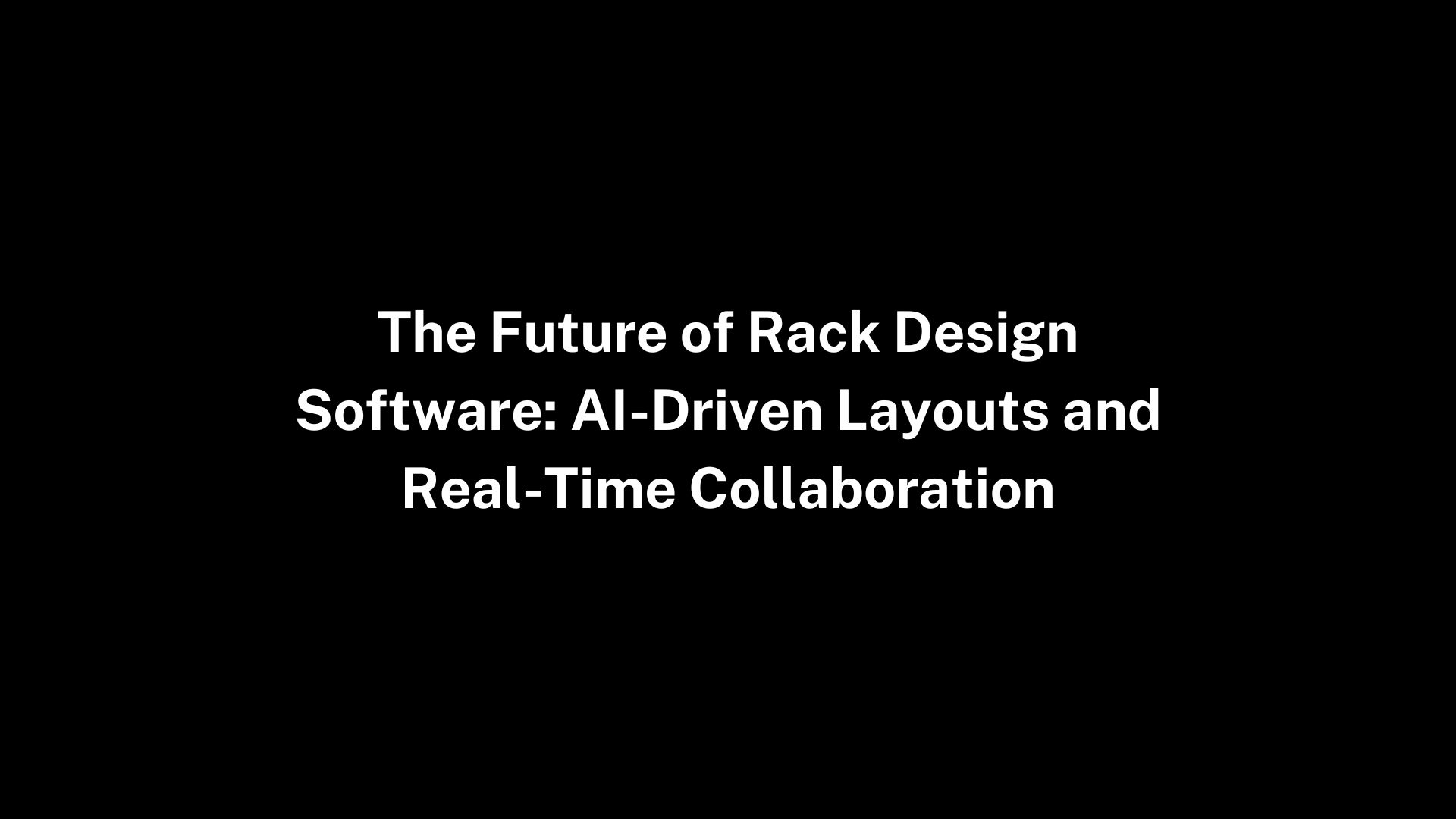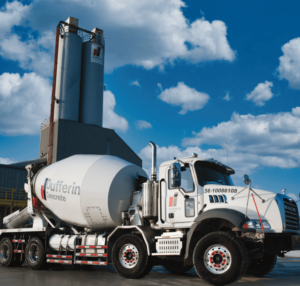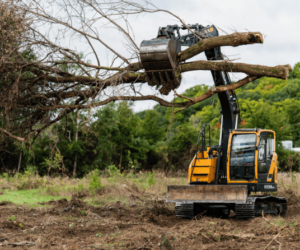The Future of Rack Design Software: AI-Driven Layouts and Real-Time Collaboration
The field of audio visual (AV) system design has witnessed rapid technological advancements over recent years. One of the most transformative areas is rack design software — the specialized tools that help engineers, integrators, and IT professionals plan, visualize, and manage equipment racks. As AV systems become increasingly complex, the demand for smarter, faster, and more collaborative rack design solutions has never been higher.
The future of rack design software lies in harnessing cutting-edge technologies such as artificial intelligence (AI) and real-time collaboration tools. These innovations promise to revolutionize how professionals approach rack layouts, optimize space, ensure system reliability, and work together across teams and departments.
In this blog, we will explore the evolving landscape of rack design software, focusing on AI-driven layouts and collaborative features that are shaping the next generation of AV rack planning.
Why Rack Design Software Is Critical in AV and IT Projects
Racks are the backbone of any professional AV or IT setup. From data centers and broadcast studios to corporate AV rooms and live event rigs, a well-planned rack:
- Organizes equipment efficiently
- Ensures proper ventilation and cooling
- Simplifies cabling and wiring
- Facilitates maintenance and troubleshooting
- Saves space and reduces installation costs
Using dedicated rack design software allows professionals to visualize the exact placement of each component, from servers and routers to amplifiers and patch panels. This precise planning minimizes costly mistakes and downtime.
The Challenges with Traditional Rack Design Software
While existing rack design tools have greatly improved project workflows, they still face some limitations:
- Manual Layouts: Many tools require extensive manual input for each component’s position, often leading to longer design times.
- Static Designs: Traditional software rarely adapts automatically to changes such as equipment additions or layout constraints.
- Limited Collaboration: Designs are often created in isolation and then shared via email or file transfer, slowing communication.
- Error Prone: Manual planning can result in poor cable management, cooling issues, and incompatible equipment placement.
These challenges create a demand for smarter software solutions that leverage AI and collaboration
AI-Driven Rack Layouts: What to Expect
Artificial intelligence is rapidly advancing in many areas of AV design, and rack layouts are no exception. Here are key ways AI is transforming rack design software:
1. Automated Component Placement
AI algorithms analyze the specifications of equipment — including size, heat output, weight, and connectivity — to automatically generate optimized rack layouts. This reduces design time and ensures racks meet engineering best practices.
2. Intelligent Cable Management
AI can suggest the shortest and most efficient cable paths, minimizing cable clutter and signal interference. It can also warn of potential issues such as cable bend radius violations.
3. Dynamic Cooling Optimization
By factoring in heat dissipation and airflow, AI helps position equipment to maximize cooling efficiency, avoiding hotspots that cause failures.
4. Real-Time Error Detection
AI-powered software continuously checks for design flaws such as weight imbalances, incompatible modules, or insufficient power distribution, alerting users immediately.
5. Learning From Past Designs
Some advanced rack design software can learn from previous projects to improve future layouts, adapting to user preferences and site-specific requirements.
Real-Time Collaboration: Bringing Teams Together
Another significant trend shaping the future of rack design software is enhanced collaboration features. As AV projects often involve multi-disciplinary teams across locations, the ability to work simultaneously on rack layouts is invaluable.
Benefits of Real-Time Collaboration
- Instant Updates: Team members can see changes live, reducing miscommunication.
- Role-Based Access: Different users can have permissions tailored to their expertise — e.g., electrical engineers can focus on power distribution, while network admins manage cabling.
- Cloud Integration: Designs are stored securely in the cloud, enabling access anytime, anywhere.
- Version Control: Track changes, revert to previous versions, and maintain an audit trail for accountability.
- Improved Decision-Making: Collaborative discussions and annotations within the software streamline design reviews.
How AI and Collaboration Are Converging in Rack Design Software
The synergy between AI and real-time collaboration is particularly powerful. Imagine a scenario where:
- AI proposes an optimal rack layout and cable routing.
- Team members review the design simultaneously, making adjustments and comments.
- The AI instantly recalculates impact based on edits and suggests improvements.
- Stakeholders across departments approve the final layout in a streamlined process.
This convergence boosts productivity, reduces errors, and accelerates project delivery.
Key Features to Look for in Next-Gen Rack Design Software
When evaluating rack design software with AI and collaboration capabilities, consider these features:
- AI-Assisted Layout Automation: Auto-placement and optimization based on equipment data.
- Integrated Cable Management Tools: Intelligent cable routing and visualization.
- Thermal and Power Analysis: Real-time monitoring of cooling and power parameters.
- Multi-User Access: Cloud-based platform enabling simultaneous design sessions.
- Versioning and Audit Trails: Easy management of design revisions and team inputs.
- Customizable Libraries: Support for various equipment manufacturers and custom modules.
- Export and Reporting: Generate documentation for installation, maintenance, and compliance.
Industry Impact: How AI and Collaboration Are Changing AV Rack Design
The adoption of AI-driven, collaborative rack design software brings benefits at multiple levels:
For AV Integrators
Reduced design time and errors lead to faster project turnarounds and higher client satisfaction.
For System Designers
More accurate and data-driven layouts improve system reliability and future scalability.
For IT and Facilities Managers
Collaborative tools enable smoother communication with integrators, ensuring rack designs meet operational requirements.
For End Users
Better planned racks translate to lower downtime, easier maintenance, and improved system performance.
Challenges and Considerations
Despite the exciting advances, challenges remain:
- Learning Curve: Adopting new AI-driven software may require training.
- Data Quality: AI effectiveness depends on accurate equipment data.
- Security: Cloud collaboration must ensure robust cybersecurity measures.
- Cost: Premium AI and collaboration features may increase software pricing.
Still, the long-term benefits often outweigh initial investments.
Conclusion
The future of rack design software is undeniably shaped by AI-driven layouts and real-time collaboration. These technologies are empowering AV professionals to design smarter, work faster, and collaborate better than ever before.
As the AV industry continues to evolve, embracing these next-generation tools will be essential for staying competitive and delivering exceptional results. Whether you are an integrator, designer, or facilities manager, exploring AI-powered, collaborative rack design software can transform your workflow and open new possibilities.
freshvoicehub














1 comment